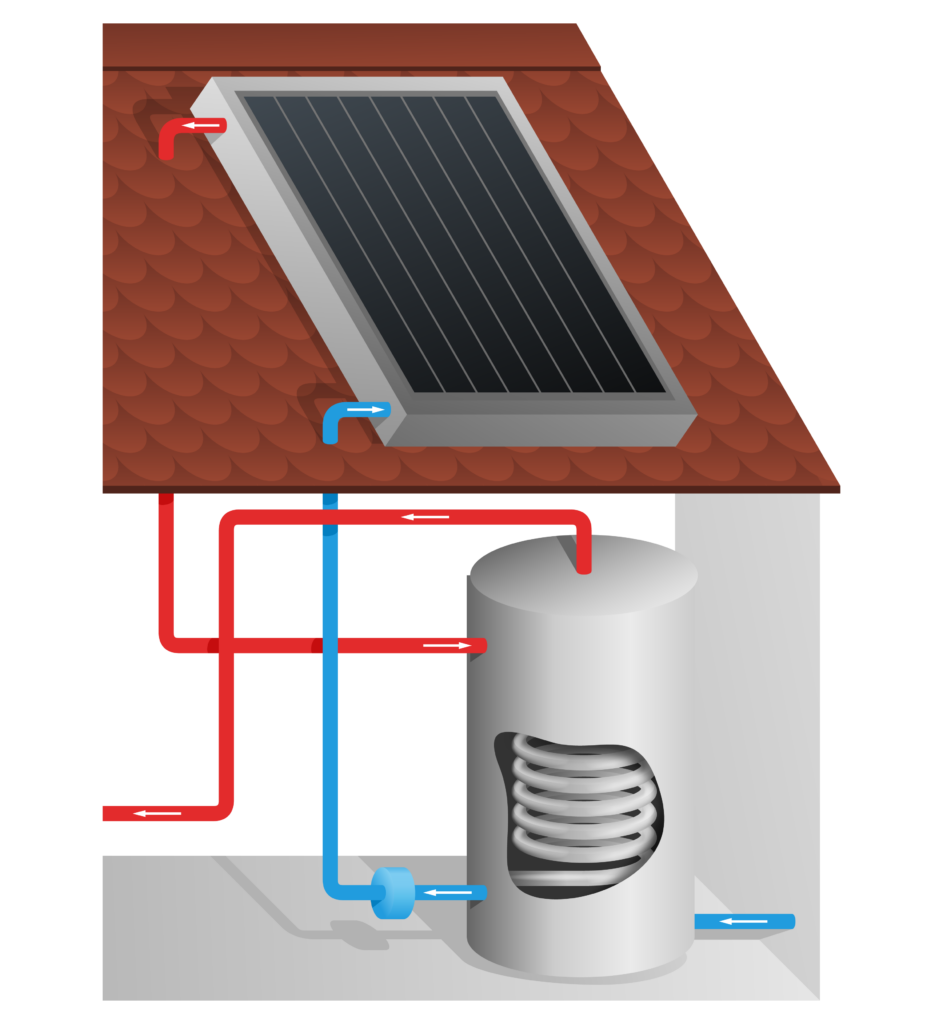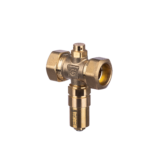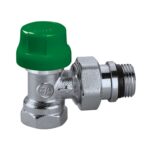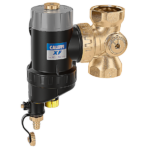Considerations for Hybrid Heating Systems
Considerations for Hybrid Heating Systems
With the domestic heating landscape needing to evolve due to targets set by the government, homeowners are presented with an array of options that span from traditional gas boilers to new, low-carbon renewable solutions. Amidst this diversity, hybrid domestic systems have emerged, providing seamless integration of heat pumps and boilers to offer homeowners with an efficient and sustainable solution. Ed Morris, Technical Manager at Altecnic, explores the versatility of hybrid systems and their components, discussing how they enhance efficiency and help to ease the transition to sustainable home heating solutions.
What is a Traditional System?
Domestic heating systems have traditionally relied on gas boilers, which have been the cornerstone of warmth and comfort for households. However, with concerns about climate change and carbon emissions, and the subsequent government legislation, there is a growing imperative to transition towards more eco-friendly alternatives. This transition, however, is not without its challenges, as there must be considerations to find optimal solutions.
What is a Hybrid System?
Hybrid domestic heating systems offer a compelling solution by combining the best of both: the reliability and familiarity of gas boilers with the sustainability and efficiency of heat pumps. These systems leverage the strengths of each technology to deliver superior performance and flexibility, regardless of the prevailing weather conditions or energy demands.

Hybrid System Example: Solar-Thermal
Adaptability is Key
One of the key advantages of hybrid systems is their ability to adapt dynamically to varying heat demands. Heat pumps work best in mild temperatures, extracting heat from the environment and delivering it into the home at a fraction of the energy cost of traditional heating systems. However, during colder periods, when ambient temperatures drop significantly, the efficiency of heat pumps have the potential to diminish. In such scenarios, hybrid systems seamlessly switch to the gas boiler component, ensuring uninterrupted warmth and comfort without compromising on energy efficiency.
End-User Comfort
Moreover, hybrid systems offer homeowners greater control and customisation options, allowing them to tailor their heating settings according to their preferences and lifestyle. Advanced control systems enable precise management of temperature levels, scheduling of heating cycles, and integration with smart home technologies for enhanced convenience and energy savings.
How Can a Hybrid Systems be Adopted?
When contemplating the adoption of a hybrid heating system, homeowners must carefully consider several factors to ensure optimal performance and cost-effectiveness. Firstly, an assessment of the property's energy needs and characteristics is essential to determine the most suitable system configuration and sizing. Factors such as insulation levels, building orientation, and occupancy patterns can significantly influence the system's efficiency and overall performance.
Additionally, the selection of high-quality components is paramount to the long-term reliability and durability of the system. Investing in well-engineered heat pumps, boilers, and control devices can mitigate the risk of breakdowns and ensure consistent comfort and energy savings over the system's lifespan. Components such as thermostatic radiator valves, anti-freeze valves, and dirt and air separators play a critical role in the performance of hybrid systems, and opting for reputable manufacturers can help guarantee reliability and efficiency.
What Components are Needed for Hybrid Systems?
The protection of a heat pump within a hybrid system is paramount, and the installation of anti-freeze valves can ensure this. An anti-freeze valve is designed to be installed in the flow and return pipe work from the heat pump and installed on the external pipework. By opening at temperatures below 3C, an anti-freeze valve allows system content to be dripped and discharged safely, preventing the system from freezing and protecting the installation.
At temperatures above 4C, the valve then shuts again to stop unnecessary draining. Overall, it does exactly as it implies, it prevents the freezing of heat pumps and pipework.

108 - iStop® Anti-Freeze Valve
Furthermore, any system that has a heat pump as its energy source would benefit from installing an automatic dynamic balancing valve. By accurately managing the flow rates throughout the heating circuit using a flow settable, pressure independent, thermostatic radiator valve (TRV), each part of the system can receive the correct amount of energy independently thus increasing the working life of the compressor within the heat pump.

Dynamical Angled Thermostatic Radiator Valve
To make the optimisation and protection of a heat pump installation as easy as possible, Altecnic offer the highest quality iStop® 108 anti-freeze valve, as well as the Dynamical® TRV.
The presence of dirt and debris can reduce the efficiency of any water system. In heating and cooling systems, dirt and air can cause many issues, with dirt accumulating on heat exchangers and pipes, insulating them and reducing their ability to transfer heat effectively. This results in higher energy consumption and reduced performance of the system. The installation of a dirt and air separator is essential to both remove air bubbles and maintain the cleanliness and efficiency of water systems. Considerations, however, must be made for dirt and air separators installed on heat pump installations due to differing flow rates. For example, The Caleffi XF magnetic filter from Altecnic has been designed with heat pump installation in mind. Adjustable by-pass in larger sizes allows installers control flow rates, which is ideal for heat pump applications. The Caleffi XF has been designed to allow maintenance without having to shut-off the system.

Caleffi XF with Bypass
Conclusion
By carefully evaluating and selecting the componentry for a hybrid system, homeowners can achieve a cost-effective and environmentally friendly solution that maximises comfort and energy savings throughout the year.
The growing popularity of hybrid domestic heating systems represents a significant milestone in the switch to sustainable and efficient home heating solutions. By seamlessly integrating heat pumps and boilers, Installers can homeowners unparalleled versatility, comfort, and energy savings. However, successful adoption requires careful consideration of factors such as property characteristics, component quality, and environmental impact.
